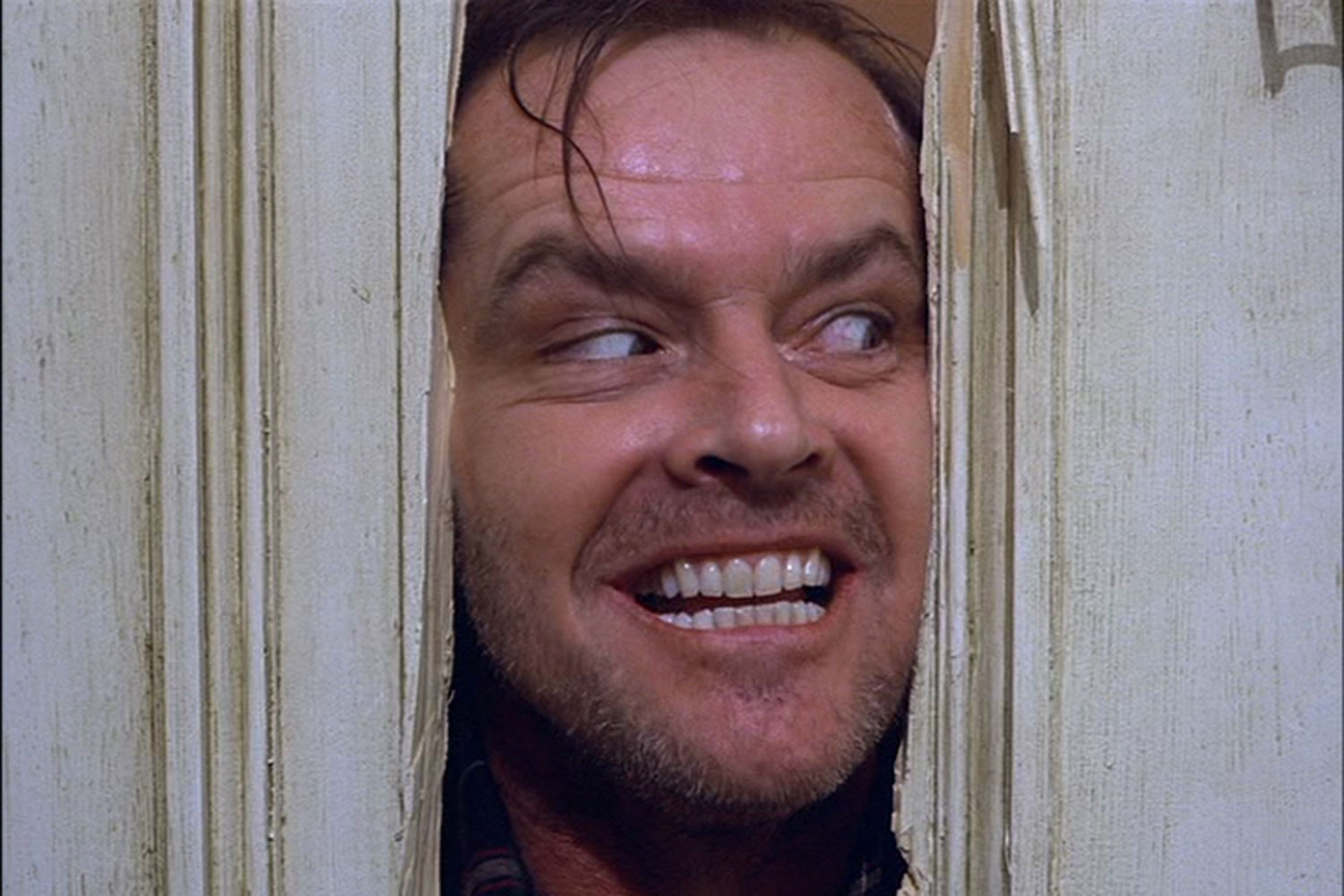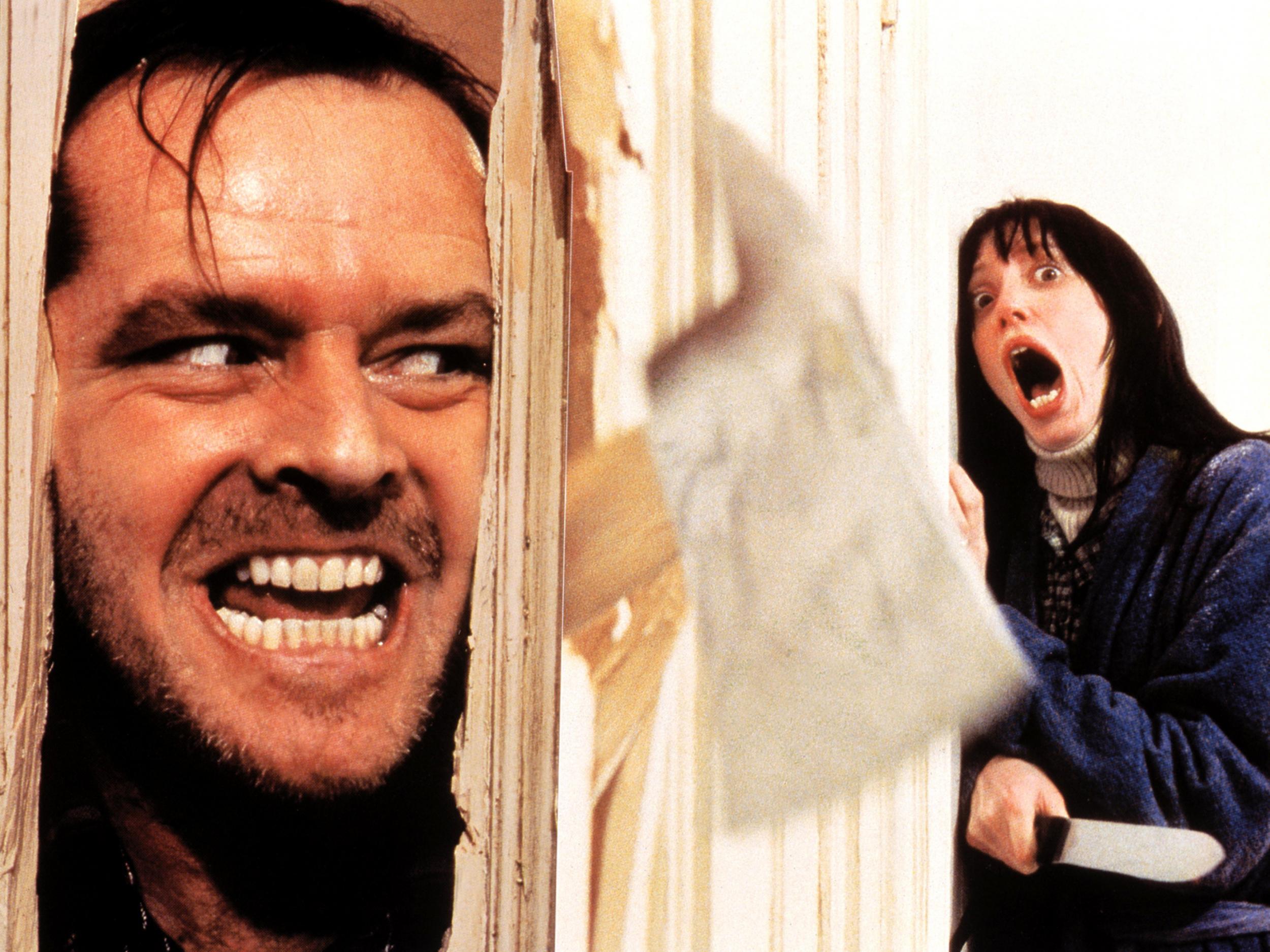Movie Analysis
The Overlook Hotel is a central character in Stanley Kubrick’s 1980 horror classic, The Shining. It is a sprawling, isolated establishment with a sinister past that serves as the setting for the film’s terrifying events.
The hotel’s grand facade and opulent interior belie a dark and disturbing history. It is rumored to have been built on an ancient Native American burial ground, and its walls have witnessed countless tragedies over the years. The hotel’s isolation and eerie atmosphere create a sense of claustrophobia and dread, making it the perfect setting for a horror film.
The Shining’s haunting atmosphere and iconic visuals have left an enduring mark on cinema. As the film’s legacy continues to resonate, the stock market has also taken note. The avgo stock price has been steadily rising, reflecting the growing interest in companies involved in the production and distribution of entertainment content.
The Shining’s timeless appeal serves as a reminder that even in the realm of horror, great art has the power to captivate and inspire.
The Twins
The Grady twins are two young girls who were murdered by their father in the Overlook Hotel many years before the events of the film. Their ghosts haunt the hotel, and they appear to Danny Torrance, the young son of the hotel’s new caretaker, Jack Torrance. The twins represent the hotel’s dark past and its capacity for evil. They are a constant reminder of the horrors that have taken place within its walls.
Jack Torrance
Jack Torrance is a struggling writer who takes a job as the winter caretaker of the Overlook Hotel. He is a complex and troubled character, and his descent into madness is one of the most chilling aspects of the film. Jack is initially drawn to the hotel’s isolation and grandeur, but he soon becomes consumed by its dark influence. He begins to see visions of the hotel’s past, and he is eventually driven to murder his wife and son.
The eerie silence of The Shining’s Overlook Hotel echoes through time, a haunting reminder of its sinister past. Yet, as the world moves forward, so too does the need for innovation. Just as Jack Torrance navigated the labyrinthine corridors of the hotel, we now navigate the complexities of modern bureaucracy.
To that end, the introduction of the new pa license marks a significant step in streamlining the process of obtaining essential identification. As the sun sets on the Overlook, casting long shadows across its desolate grounds, the light of progress shines brightly, illuminating the path to a more efficient future.
Literary Adaptation

Stephen King’s novel “The Shining” and Stanley Kubrick’s film adaptation share a chilling premise: a family’s isolation in a haunted hotel leads to madness and violence. However, the two versions diverge in significant ways, reflecting the distinct visions of their creators.
Plot Differences
- In the novel, the Overlook Hotel is presented as a malevolent entity that actively preys on the Torrances. In the film, the hotel’s influence is more subtle, working through the characters’ psychological weaknesses.
- King’s novel delves into the family’s past and explores the complex dynamics between Jack and Wendy Torrance. Kubrick’s film focuses more on the present events at the hotel, with less emphasis on character development.
- The ending of the novel is more ambiguous than that of the film. While Jack Torrance dies in both versions, the fate of Danny and Wendy remains uncertain in the book.
Thematic Differences, The shining
- King’s novel explores themes of addiction, family violence, and the dangers of isolation. Kubrick’s film, while retaining these themes, also delves into broader issues of power, control, and the nature of evil.
- In the novel, the hotel represents the forces of darkness and chaos that threaten to consume the family. In the film, the hotel becomes a metaphor for the human mind, capable of both great beauty and unspeakable horror.
Impact on the Horror Genre
Kubrick’s adaptation of “The Shining” had a profound impact on the horror genre. Its use of psychological terror, ambiguous symbolism, and iconic imagery set a new standard for cinematic horror. The film’s influence can be seen in countless subsequent horror movies, from “The Exorcist” to “Hereditary.”
Cultural Impact: The Shining

Stanley Kubrick’s 1980 masterpiece, “The Shining,” has left an indelible mark on popular culture, becoming a cinematic touchstone that continues to inspire and terrify audiences to this day.
The film’s iconic imagery, chilling atmosphere, and unforgettable characters have seeped into the collective consciousness, spawning countless parodies, homages, and references in other works of art and entertainment.
Iconic Scenes and Characters
- The Grady Twins: The eerie and haunting twins, dressed in blue dresses, have become synonymous with the film’s sinister ambiance.
- The Overlook Hotel: The sprawling and isolated hotel, with its labyrinthine corridors and haunting history, has become an iconic setting in horror cinema.
- “Here’s Johnny!”: Jack Nicholson’s unforgettable line, delivered as he breaks through a bathroom door with an axe, has become one of the most recognizable quotes in cinematic history.
- The “Redrum” Scene: The scene where Danny Torrance discovers the word “redrum” (“murder” spelled backwards) written on a bathroom door has become a chilling and unforgettable moment in horror cinema.
Enduring Legacy and Impact
The Shining’s enduring legacy can be seen in its influence on contemporary horror cinema. The film’s psychological terror, atmospheric dread, and use of symbolism have been adopted and emulated by countless filmmakers, shaping the genre for decades to come.
The film’s impact extends beyond horror, inspiring artists, writers, and musicians to create works that explore the themes of isolation, madness, and the supernatural.
Stanley Kubrick’s “The Shining” remains a cultural phenomenon, a cinematic masterpiece that continues to haunt and fascinate audiences, solidifying its place as one of the greatest and most influential horror films of all time.